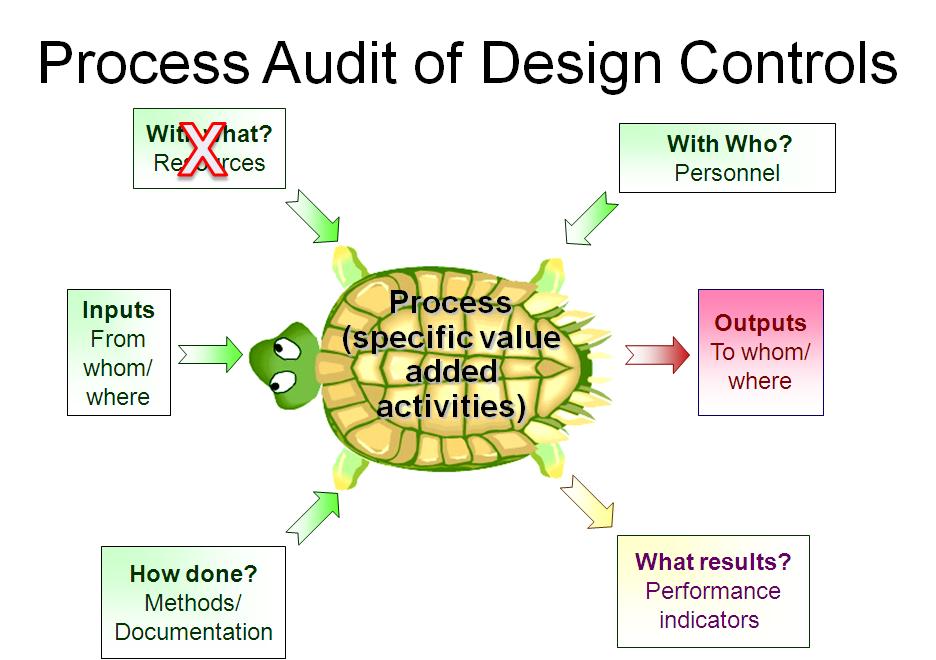How to Finish your Audit Schedule by December 31st
This blog provides viable options related to successfully completing your audit schedule by the end of the year.
Let’s say that there are 34 days until the end of 2012. You have four supplier audits and three internal audits to complete. Of course, all but two of these ISO 13485 audits are overdue. What should you do?
Options that might be readily available to you include:
- Get some help
- Perform remote audits
- Reschedule some of the audits for next year
There are some fantastic cartoons and jokes about doing more with less, but if you intend to complete seven audits before the end of the year, you might need some help. There really isn’t any time left to train someone so that they can conduct an effective audit by themselves. I expect to prepare a new auditor, which will take at least six months before I believe they can work solo. Even if you are less demanding than I am, you still would need time for classroom training and shadowing a couple of audits. Therefore, the best I believe you could hope for is one or two solo audits of the seven you need to complete.
Realistically, your only source of help would be already-trained auditors and consultants. The last month of the year is historically hectic for everyone–especially quality assurance auditors. Therefore, consultants will not be cheap, and you should commit to any qualified consultants available without too much delay (then again, maybe they are available because they are not very good). If you have any in-house auditors trained, do everything you can to get some of their time in the next few weeks.
Remote Audits
Option two is to perform remote audits. This is a viable option for you to justify for a supplier with an impressive quality track record or suppliers in other countries. However, a remote audit is not the same as asking a supplier to complete a survey. ISO 19011:2011 provides some guidance specific to remote auditing in Table B.1 of Annex B.
For a remote audit, you should still sample just as many records—if not more. You should conduct interviews by phone, Skype, or some similar technology. You should analyze any available data to help identify which processes appear to be effective and which need improvement. Suppose you are performing a remote audit for the first time. In that case, I recommend focusing on the same processes that you would not generally audit in a conference room rather than processes that you would typically audit where they occur—such as production controls. Regardless of which method you check, you should always request data.
Option three is to reschedule some audits for January 2013. I have often suggested this to clients, but very few follow this advice. If your company is late in conducting some audits, the vital thing to do is to document this, reschedule the audits, and take corrective action(s) to prevent it from recurrence. If you wait until January, you will have additional time to train an auditor, as well. Finally, consultants historically have more time available in January than in December.
In parallel with your efforts to catch up on your schedule, I also recommend the following:
Create a quality objective that measures the “on-time delivery” of audits and audit reports. This is an effective metric for managing an audit program.
Investigate the reasons for audits being overdue. If the occurrence was preventable, then I recommend initiating a CAPA. This will have two effects. First, your third-party auditors will see that you have identified the problem and taken appropriate corrective action(s). If you also discuss this during a Management Review, this information can be used effectively to change the grading of an audit finding to a “minor” or to potentially eliminate the finding altogether. Second, it will ensure that this doesn’t occur again.
How to Finish your Audit Schedule by December 31st Read More »


